
A bad fuel filter is one of the worst problems that can happen to your Honda Insight. When the filter fails, it can limit the amount of fuel that enters the engine.
Without proper fuel pressure, your car will not run at all. With that in mind, most of the symptoms of a bad fuel filter revolve around your Insight stalling out.
The good news is no matter how old your Insight is, the symptoms of a bad fuel filter are universal. It doesn’t matter if it’s in-tank or in-line. And fuel filters are cheap.
The Purpose of Fuel a Filter
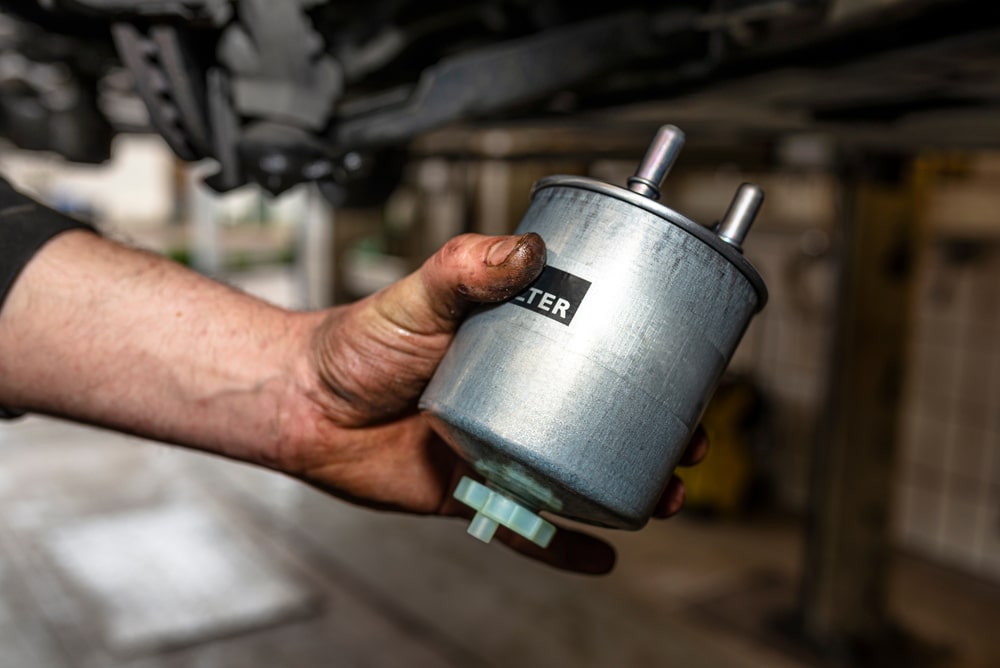
A fuel filter plays a crucial role in your Honda Insight’s performance and longevity. As an essential component of the fuel system, its primary function is to filter out any particles that may be present in the fuel.
These contaminants may include dirt, rust, or other debris. By keeping them from entering your vehicle’s fuel system, you are protecting critical components like fuel injectors, fuel pump, and the engine itself from damage.
Over time, the fuel filter can become clogged with these particles, causing it to lose its effectiveness. This may lead to a variety of issues, such as poor engine performance or even engine failure.
That’s why it’s imperative to regularly inspect and replace your fuel filter when necessary to ensure your Honda Insight runs smoothly.
Indications of a Bad Fuel Filter
Trouble Codes

There are physical signs that you can feel when your Insight’s fuel filter is clogging. Before taking anything apart, check to see if your engine’s computer has any trouble codes saved in it.
The engine may throw a P0087 trouble code. This trouble code detects that the fuel rail/system pressure is too low. Any trouble codes that exist could be a clue.
Sometimes when there is low fuel pressure, you may also get an oxygen sensor related trouble code as well. The real issue with diagnosing a bad fuel filter is that it resembles many other vehicular issues in terms of symptoms.
Here are the most common symptoms of a bad fuel filter in your Honda Insight:
Poor Gas Mileage
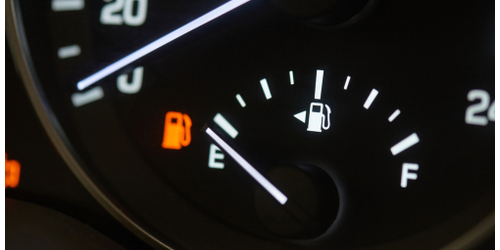
If you notice that your Honda Insight is experiencing a decrease in fuel efficiency, it could be a sign that your fuel filter is clogged.
A dirty fuel filter can restrict the flow of fuel to your engine, making it work harder and consume more gas than usual, which seems counterintuitive, but the air fuel mixture will be thrown off, so whatever gas does enter the combustion chamber will not be at the proper 14.7:1 mixture.
Engine Misses or Hesitates
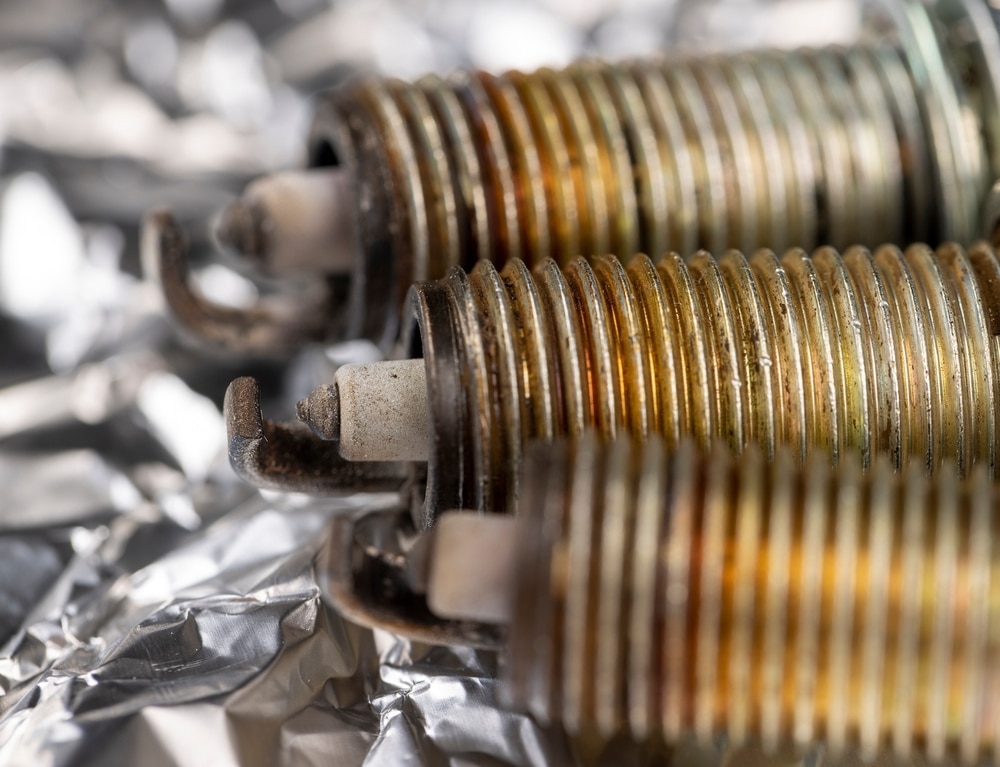
Another symptom of a bad fuel filter in the Honda Insight is when your engine misses or hesitates during acceleration or while driving.
This can happen when not enough fuel is reaching the engine due to a clogged filter. When your vehicle’s engine struggles or feels sluggish, it’s worth taking a closer look at the fuel filter as a possible cause.
Hard to Start Engine
One of the best indicators of a clogged fuel filter is going to be that the your Insight is difficult to start. This because there’s not enough fuel pressure to properly atomize the fuel as it enters the combustion chamber.
If your car is difficult to start, a clogged fuel filter would probably not be the place to start looking, especially if you are getting no trouble code for fuel pressure or the oxygen sensors.
Instead, we’d recommend taking a look at the ignition system first. Often it’ll be bad spark plugs, or a bad coil pack.
Engine Not Starting at All
If the fuel filter has become so contaminated that the minimum amount of fuel has not been let through it, the engine won’t start at all.
At the most basic of levels your Honda Insight needs three things to start: Air, fuel, and spark. If any of these things aren’t present, the engine won’t turn over at all.
If there’s been zero warning that the fuel filter could be going bad (hesitation, difficulty starting, etc) than a clogged fuel filter might not be the place to start. It could certainly cause the problem though.
Here’s a great video on using your eyes to diagnose the fuel filter:
Damage Caused by a Bad Fuel Filter
A bad fuel filter in your Honda Insight can lead to several problems, which we will discuss in this section. Keeping an eye on these issues can help you diagnose the problem early on and possibly prevent further damage.
Pressure on Fuel Pump
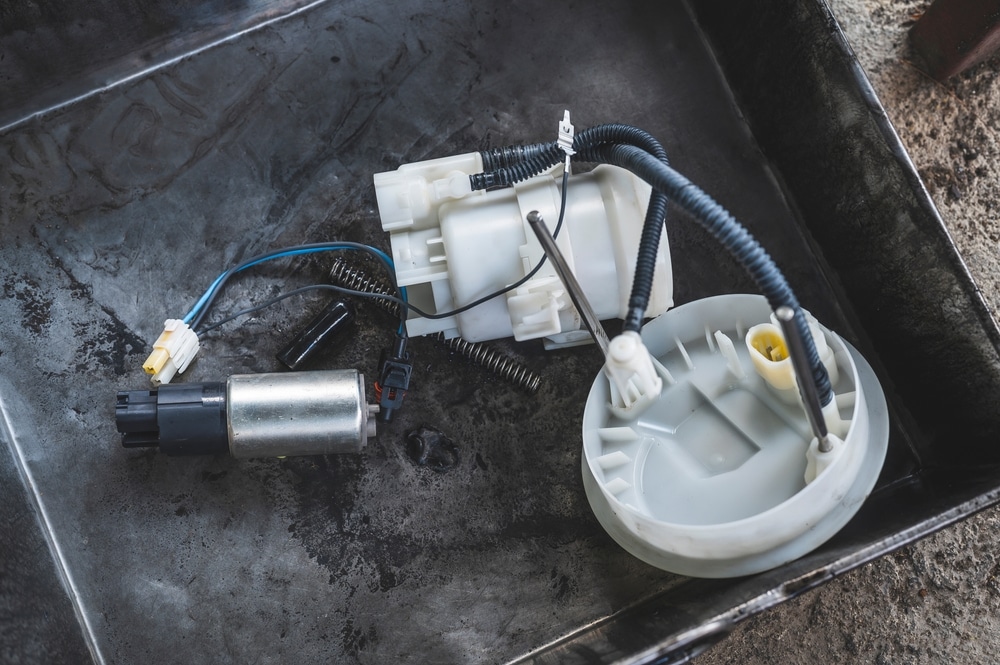
A clogged fuel filter causes increased pressure on the fuel pump, making it work harder than necessary. As the fuel pump struggles to push fuel through the restrictive filter, it can become strained, and eventually wear out or fail.
Moreover, the decreased fuel flow may cause your vehicle to stall or lose power, especially when driving at high speeds. To avoid potential damage, be sure to address any issues with your fuel filter promptly.
Corrosion
Another significant issue caused by a bad fuel filter is corrosion within the fuel system. Over time, debris and contaminants in the fuel can accumulate and cause rust or other forms of corrosion.
This corrosion may lead to leaks or blockages in the fuel lines, injectors, or other components, affecting the overall performance of your vehicle.
Keeping the fuel system clean with a properly-functioning fuel filter will help protect against corrosion and ensure that your Insight performs optimally.
Replacing the Fuel Filter
Tool Requirements
Before starting the process of replacing the fuel filter on your Honda Insight, ensure that you have the following tools:
- Socket wrench
- New fuel filter
Step by Step Process
- Disconnect the battery: Disconnect the negative terminal (black) on the battery. Make sure to wrap it in a towel so it doesn’t touch anything metal and create a spark.
- Remove the fuel filter: Locate the fuel filter, which is typically located along the fuel line under the vehicle, near the driver’s side. Use your socket wrench to loosen and remove the bolts securing the filter in place. Be prepared for some fuel to spill out as you remove the filter.
- Install the new fuel filter: Position the new fuel filter in the same location and orientation as the old one. Attach the new filter using the same bolts that were holding the previous filter in place. Ensure everything is tightened securely.
- Reconnect the battery: Reattach the negative battery terminal and make sure it’s securely connected.
- Test your vehicle: Start your Insight and let it idle for a few minutes to make sure everything is running smoothly. Take it for a test drive to ensure proper acceleration, and check for any fuel leaks around the newly installed filter.
Safety Precautions
- Always disconnect the battery before working on your vehicle to avoid electrical hazards.
- Work in a well-ventilated area to minimize the risk of inhaling fuel vapors.
- Be mindful of fuel spills while removing the old filter, and dispose of the used filter according to local regulations.
- Wear appropriate protective equipment, such as gloves and safety glasses, to minimize the risk of injury.
It Could Also be Your Insight’s Fuel Pump
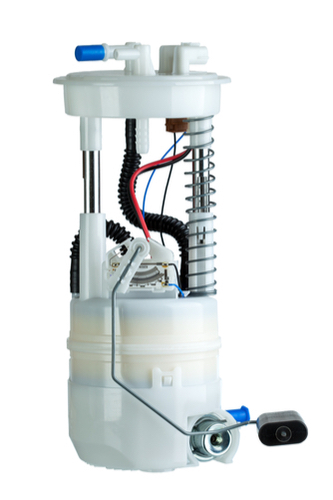
A fuel pump that is going out is going to feel the same as a bad fuel filter. This makes telling if you have a bad fuel pump vs bad fuel filter very challenging.
How do you tell them apart? A clogged fuel filter will have high pressure on its input side and low pressure on its output side. They are both going to cause the same hesitation at high speed and difficulty starting. The only way to truly tell is to place a fuel pressure gauge on both sides of the line and get a reading from both.
If your Insight isn’t starting at all, and you hear the fuel pump prime that is usually a good indication that the pump is working to some capacity. Testing your Insight’s fuel pressure on each side of the pump would be the best way to diagnose this problem.
A priming fuel pump sounds like a high-pitched whine for a few seconds and can be heard with a sharp engine right after the ignition key is turned, but before the starter is engaged.
Preventive Measures
Taking a few preventive measures can help you avoid a bad fuel filter in your Honda Insight. These steps include regular maintenance, filling up at reputable gas stations, and using fuel additives when necessary.
Following these guidelines can extend the life of your fuel filter and keep your engine running efficiently.
Regular Maintenance
To ensure the health of your fuel filter, regular maintenance is essential. You should perform routine checks and change your fuel filter as recommended in your Honda Insight owner’s manual.
Reputable Gas Stations
Filling up at reputable gas stations can also prevent bad fuel filter issues. Reputable gas stations maintain high quality standards and proper filtration systems for their fuel, minimizing contaminants and debris that can damage or clog your fuel filter.
By sticking to well-established and reputable gas stations, you’re less likely to encounter potential fuel filter problems down the line.
Use of Fuel Additives
The occasional use of fuel additives can help clean and maintain your fuel filter. Fuel additives contain special chemicals that dissolve deposits, prevent corrosion, and improve fuel combustion.
Make sure to choose additives that are compatible with your Insight’s specific engine type and follow the manufacturer’s instructions for use. Be cautious not to overuse fuel additives, as excessive use can have adverse effects on your engine.
By implementing these preventive measures, you can protect your Honda Insight’s fuel filter and keep your vehicle running smoothly.
Conclusion: Honda Insight Bad Fuel Pump
The symptoms of a bad fuel pump match a lot of other common problems that can occur in the Honda Insight. Testing the filter and pressure on each side of it are going to be the quickest ways to rule it out. If there is anything you would like to add, please leave a comment below. Good luck!

